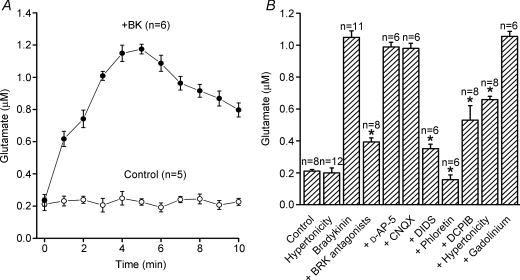Figure 2. Bradykinin-induced glutamate release from mouse astrocytes and its pharmacological properties.
A, the time courses of changes in the bulk extracellular concentration of glutamate released from astrocytes in the absence (Control) and presence (+BK) of 1 μm bradykinin (BK). B, pharmacological characterisation of glutamate release from astrocytes stimulated with 1 μm BK for 5 min. *P < 0.05. The drugs used are: 5 μm[des-Arg10]-HOE140 plus 5 μm HOE140 as BKR antagonists, 50 μm D-AP-5 as an antagonist of the NMDA receptor, 10 μm CNQX as an antagonist of the AMPA/kainate receptor as well as 200 μm DIDS, 100 μm phloretin, 10 μm DCPIB and 50 μm Gd3+ as anion channel blockers. The effect of extracellular hypertonicity was observed by applying hypertonic Ringer solution (350 mosmol (kg H2O)−1).

